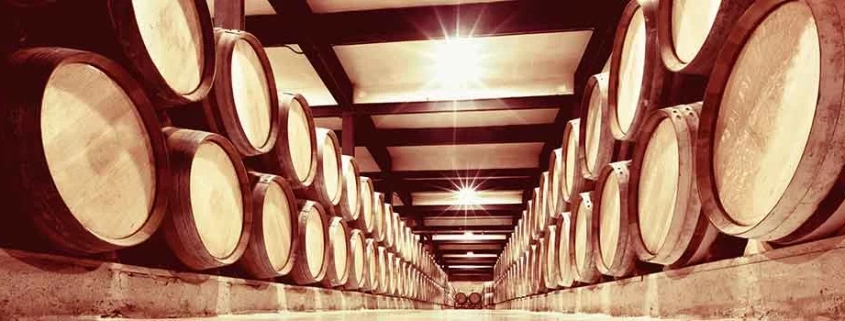Sulphites in Wines
Sulfur compounds and wine have a long common history:
Invented about 8,000 years ago, several centuries before the invention of the wheel, wine is one of the world's oldest beverages, after beer and water. Ancient mythology is full of this symbol, with revered gods such as Dionysus for the Greeks and Bacchus for the Romans. The use of sulfur compounds in wine production is equally ancient.
According to some legends, the Romans added sulfur extracted from the Etna volcano directly to wine to help preserve it. Although these legends are probably true, it was only at the end of the 15th century that a German royal edict was found. The latter allows the addition of sulfur compounds. The presence of sulfites in wine was not revealed until 10 years ago, but mandatory labeling on bottles appeared.
Sulfites, a natural and indispensable element in winemaking:
Sulfur dioxide (SO2) is involved in various stages of the winemaking process. Its antiseptic properties prevent the emergence of harmful microorganisms such as bacteria. Therefore, its presence in bottles prevents the wine from going through a second fermentation or even producing vinegar. Sulfur dioxide is also an antioxidant. This is why it prevents the wine from tasting like cider. Yeasts intended to produce alcohol naturally produce sulfur dioxide and are therefore found in all living things.
Sulfur dioxide is mostly used in the final bottling stage. European standards have set maximum sulfur dioxide levels to be used in wine. Red wine should not exceed 160 mg/L sulfite and white wine should not exceed 210 mg/L. Secondly, since transportation and storage are more delicate, they may contain more sulfites.
Do sulfites cause headaches?
The presence of the phrase “contains sulfites” on bottle labels has been the source of much controversy. The parallel between sulfites in wine and headaches is based on the origin of the sulfur used.
Anthropogenic sulfur, unlike natural sulfur, is never completely pure (burning fossil fuels). For this reason, many independent winemakers are starting to limit the use of sulfur, and when they do use it, they are choosing natural sulfur.
Many people believe that sulfites are responsible for the “harsh result.” Paradoxically, sulfur is found in dried fruits, egg yolks and many vegetables, and excess of these does not cause post-morning headaches. These are mainly caused by thirst caused by alcohol and not by sulfites, the presence of which is regulated and limited.
For the amount of sulfur in wine to become truly harmful to human health, you would have to drink very large amounts every day. So remember to drink small amounts to avoid sulfur poisoning!
Find our full range of gas detection and respiratory protection equipment for winegrowers, especially for the prevention of CO2 risks in winemaking.


